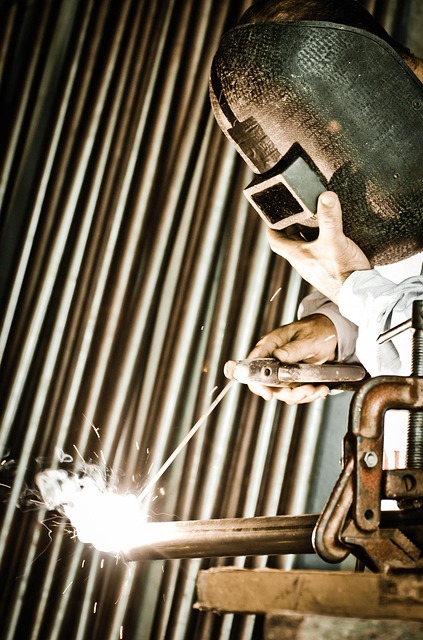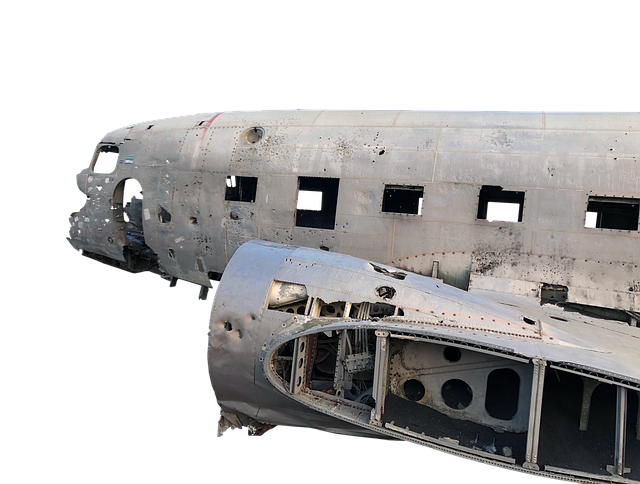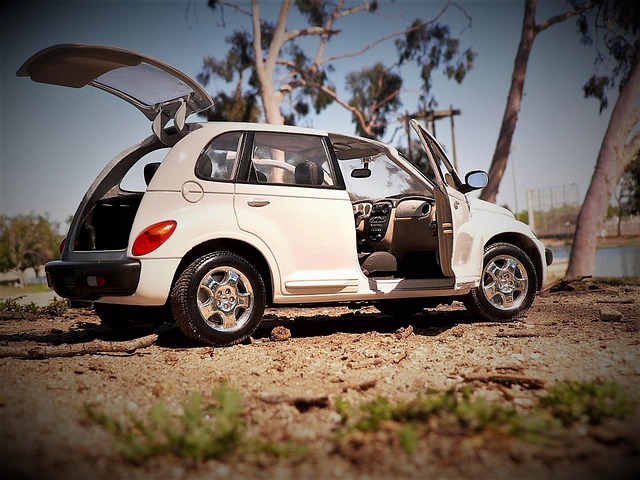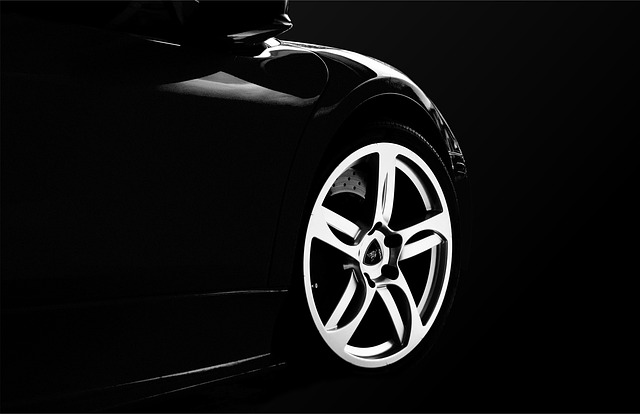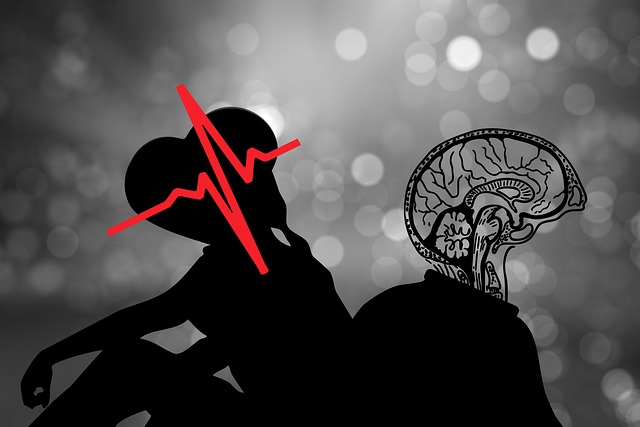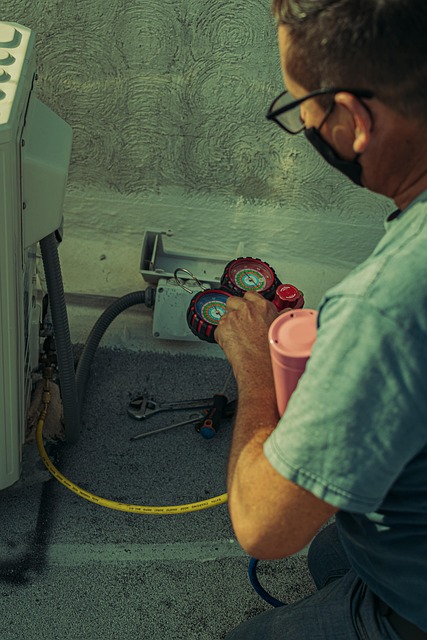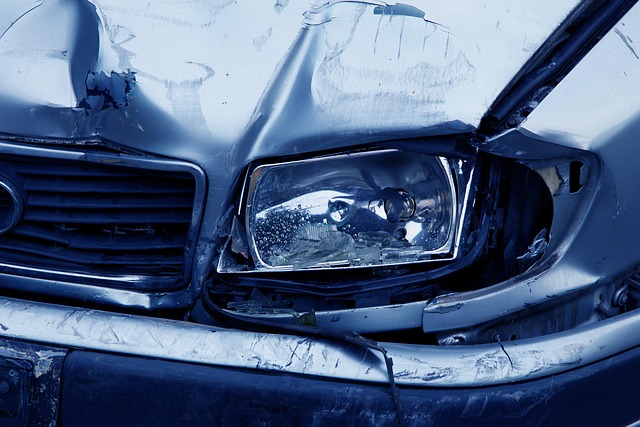Post-repair safety inspections are critical for auto repair services, ensuring vehicles meet road safety standards after repairs like frame straightening or paintless dent repair. Expert technicians assess structural integrity, safety mechanisms, and mechanical systems, verifying correct execution of repairs and identifying potential hazards. These inspections protect drivers and other road users by adhering to the highest safety guidelines, with a focus on critical areas like paint repair, structural integrity, and system operations. Conducted after any vehicle repair or restoration, these checks ensure customer safety, satisfaction, and foster technician reputation.
A post-repair safety inspection is a critical step in ensuring that not only have repairs been executed effectively, but also that the environment is safe for occupation or usage. Technicians, armed with specialized knowledge, meticulously assess various aspects of the property to verify compliance with safety standards and identify potential risks. This comprehensive review is vital for customer satisfaction and peace of mind, fostering trust in the repair services provided.
- Understanding the Purpose of Post-Repair Safety Inspections
- Key Areas Technicians Inspect During a Post-Repair Check
- Ensuring Customer Safety and Satisfaction After Repairs
Understanding the Purpose of Post-Repair Safety Inspections

Post-repair safety inspections play a crucial role in ensuring that vehicles, after undergoing auto repair services like frame straightening or paintless dent repair, are safe for operation on the road. These thorough checks are not just about ticking boxes but are an essential step to safeguard drivers and other road users. Technicians use this process to verify that all repairs have been executed correctly, and any potential hazards have been addressed.
During these inspections, experts assess various components of a vehicle, including structural integrity, safety mechanisms, and mechanical systems. It involves meticulous examination of the repair site, looking for signs of improper fixes or overlooked issues. This is particularly critical in cases where frame straightening has been performed, as it directly impacts the car’s overall stability and handling. By conducting post-repair safety inspections, technicians can identify any remaining dents, misalignments, or faulty work, ensuring that the vehicle meets the highest safety standards before being released to its owner.
Key Areas Technicians Inspect During a Post-Repair Check
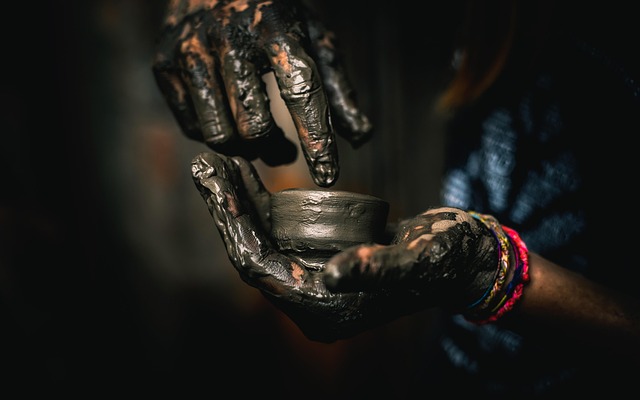
During a post-repair safety inspection, technicians meticulously assess several key areas to ensure the work performed aligns with industry standards and safety protocols. One of the primary foci is the vehicle paint repair, examining both the quality of the fix and its adherence to original factory specifications. Technicians check for even application, color match, and surface smoothness, ensuring the repainted area is seamless and visually appealing.
Beyond auto body services, the inspection extends to crucial components like structural integrity, frame alignment, and the functionality of all systems. This includes verifying that all parts are securely fastened, checking for any signs of leaked fluids, and confirming proper clearance and operation of lights and signals. By meticulously navigating these aspects, technicians ensure not just the cosmetic integrity but also the overall safety and reliability of car repair services.
Ensuring Customer Safety and Satisfaction After Repairs

After a repair process, whether it’s a simple tune-up or a complex car body restoration, ensuring customer safety and satisfaction is paramount for any technician. A comprehensive post-repair safety inspection is not just a quality control measure; it’s a critical step to guarantee that the vehicle is roadworthy and that the customer’s trust is earned and maintained. Technicians skilled in auto collision centers are trained to meticulously check every detail, from frame straightening to overall functionality, to ensure the car meets safety standards.
This inspection involves rigorous testing of all systems, including brakes, lights, tires, and safety features. It also includes a visual assessment of the repair site to confirm that the work aligns with industry best practices. By taking the time for these thorough checks, technicians not only protect customers but also uphold their reputation and the integrity of the auto collision center, fostering customer satisfaction and loyalty in an environment where trust is the cornerstone of any successful relationship.
A thorough post-repair safety inspection is paramount in ensuring customer satisfaction and preventing future issues. Technicians meticulously assess critical areas, confirming repairs meet industry standards and offering peace of mind. By focusing on key aspects like functionality, structural integrity, and potential hazards, these inspections safeguard customers and uphold the quality of work, fostering trust in the repair process.
